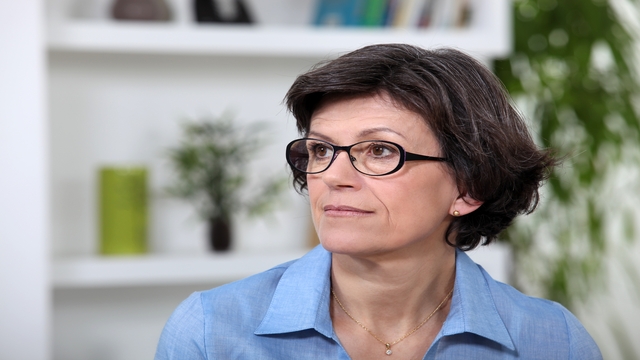 Photo: Getty Images
Photo: Getty Images
A cataract is a cloud over the lens of the eye. The lens of the eye is what you use to focus with so if there is anything covering it, it will cause cloudy vision.
Cataracts are usually associated with the aging process and normally occur in people 55 and older. Sometimes a cataract may be present from birth as a congenital abnormality, or can occur as part of a metabolic disorder.
Older children can also have cataracts, often the result of injury or an inflammatory condition such as juvenile rheumatoid arthritis.
There are several different types of cataracts:
Nuclear Cataract – in the center of the lens
Cortical Cataract – occurs at the layer of the lens surrounding the nucleus (the innermost layer of the lens)
Posterior Capsular Cataract – affects the back outer layer of the lens
Secondary Cataract – develops after eye surgery or illnesses such as diabetes
Congenital Cataract – present from birth, or develops in the first months of life
Traumatic Cataract – develops after an injury
Radiation Cataract – develops after exposure to radiation
Symptoms of Cataracts
These are:
• Blurred vision
• Duller looking colors and difficulty distinguishing colors
• Increased sensitivity to glare from traffic, street lights etc
• Difficulty seeing at night
• Double vision
Diagnosis
An eye test to see how well you see at varying distances will be performed. You will also be given eye drops that dilate your pupils so the opthamologist can examine your retina and optic nerve. The drops may sting and cause blurred vision for several hours afterwards.
The opthamologist may also measure the pressure inside the eye with a special instrument. This is called tonometry, which is usually done with a local anaesthetic.
Treatment
Treatment depends on how severe your cataracts are. If they cause only mild vision disturbance, then wearing glasses or getting new glasses or contact lenses may help. Anti-glare sunglasses help to reduce glare from street lights and traffic when travelling at night.
Surgery can also help in some cases. The surgeon removes the natural lens and replaces it with an artificial one called an intraocular lens. This type of surgical procedure is called small incision cataract surgery.
During surgery a small incision is made in the cornea (the outer covering of the eye). A tiny probe that emits ultrasound waves to break up the lens is then inserted into the eye. The lens is removed by suction or extracapsular surgery, which involves a larger incision into the cornea.
Ways to Protect Your Vision
• Protecting your eyes from excess sunlight could delay cataracts (i.e. wearing sunglasses and a sun hat in hot weather).
• Good nutrition could reduce the risk of age related cataracts (leafy green vegetables, carrots, fruits).
• Having regular eye exams could detect any problems early.
• Stop smoking (it can reduce your risk of cataracts by 25 percent).
• Taking a multi-vitamin containing vitamins C and E showed in a study to reduce the risk of cataracts by 27 percent after 5 years.
Sources:
1.Cataract, American Optometric Association. Web. 2 October 2011. http://www.aoa.org/x4714.xml
2. Cataracts in Children, University of Minnesota Department of Ophthalmology. Web. 2 October 2011. http://www.tc.umn.edu/~chris196/cataracts.htm
3. Facts about Cataract, National Eye Institute. Web. 2 October 2011. http://www.nei.nih.gov/health/cataract/cataract_facts.asp#1a
4. Prevent Cataracts Naturally, Dr. John Briffa, The Daily Mail. Web. 2 October 2011. http://www.dailymail.co.uk/health/article-7774/Prevent-cataracts-naturally.html
Joanna is a freelance health writer for The Mother magazine and Suite 101 with a column on infertility, http://infertility.suite101.com/. She is author of the book, 'Breast Milk: A Natural Immunisation,' and co-author of an educational resource on disabled parenting.
She is a mother of five who practised drug-free home birth, delayed cord clamping, full term breast feeding, co-sleeping, home schooling and flexi schooling and is an advocate of raising children on organic food.
Reviewed October 3, 2011
by Michele Blacksberg RN
Edited by Malu Banuelos




Add a CommentComments
There are no comments yet. Be the first one and get the conversation started!